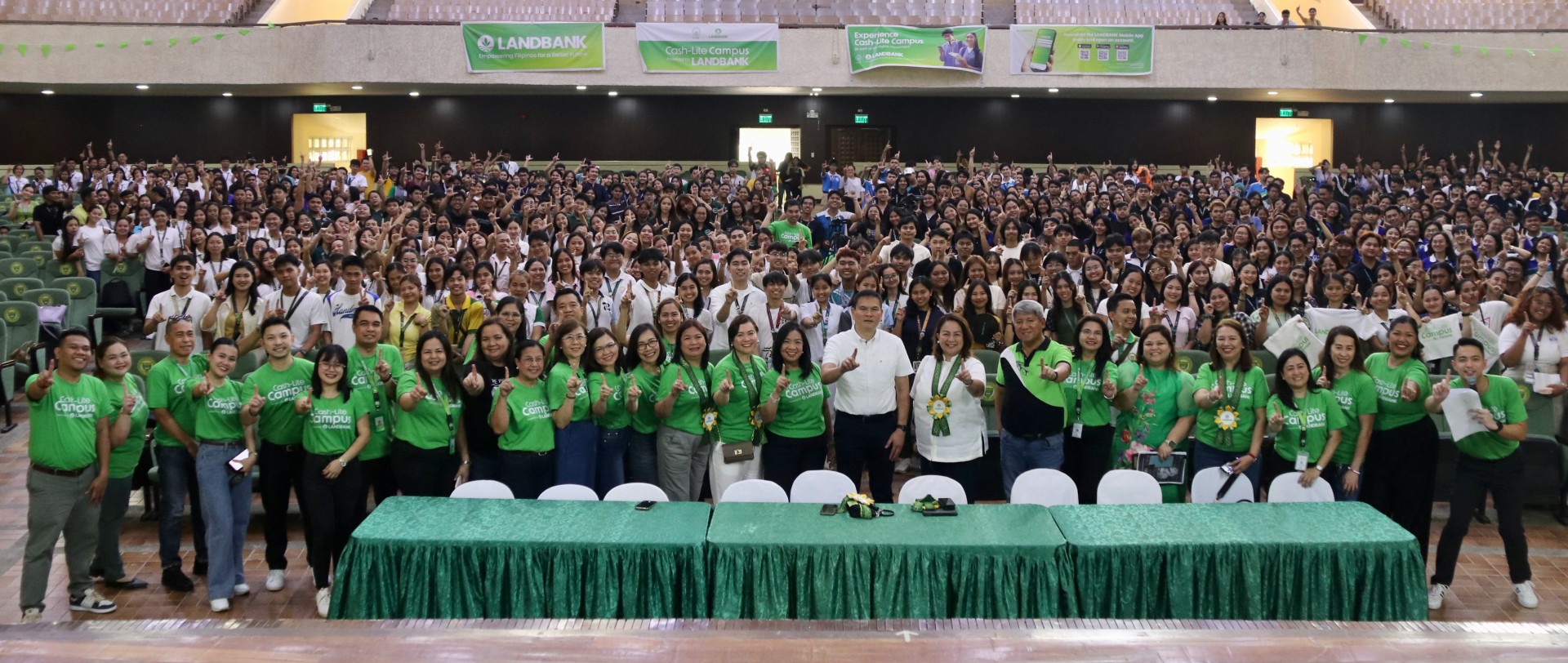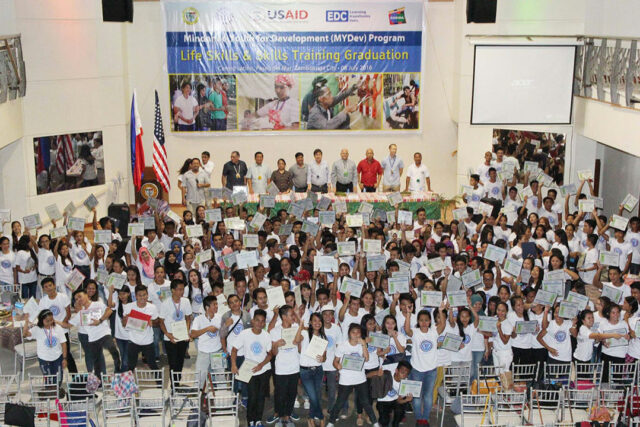Pushing financial inclusion for a more secure future
GCash goes beyond payments, expands access to job opportunities for millions of Filipinos through GJobs
By Bjorn Biel M. Beltran, Special Features and Content Assistant Editor
Nonbank financial institutions (NBFIs) such as digital financial services providers like GCash, GrabPay, and Maya have been a massive step forward in promoting financial inclusion in the country, allowing unbanked communities access to life-changing financial tools like savings accounts, investments, and credit for entrepreneurship.
According to a 2024 report by Euromonitor International, as much as 76% of Filipinos in the Philippines can be classified as unbanked or underserved by formal financial institutions.
Yet, even as millions remain unbanked, digital financial services have begun to close the gap by offering alternative pathways to financial access, often through mobile-first platforms that bypass traditional and formal banking infrastructures altogether.
By the end of 2023, according to the Report on E-Payments Measurement of the Bangko Sentral ng Pilipinas (BSP), digital payment transactions accounted for 52.8% of total monthly retail payments in the country, increasing from 42.1% in 2022.
Such rapid growth in NBFIs has prompted the BSP and the International Monetary Fund (IMF) to take measures to monitor and regulate their growth more closely. At the 2024 BSP-IMF Systemic Risk Dialogue in Cebu, BSP Governor Eli M. Remolona, Jr. emphasized that the expansion of the nonbank financial sector, while beneficial in diversifying the financial system and mitigating concentration risks, has introduced new issues and complexities worth addressing.
This is because instead of replacing traditional banks as sources of systemic risk, nonbank entities are increasingly becoming interconnected with them, creating a more intricate financial network that requires close regulatory oversight.
“There is much diversity within nonbank financial institutions, just as there are interlinkages with nonbanks and banks. In exchanging interlinkages, its opportunities and risks should be of great interest to regulators and practitioners,” Mr. Remolona said.
The latest central bank data showed that the number of nonbanks rose by 2.3% to 17,018 as of the second quarter of 2024, up from 16,631 the year before. This includes private insurance companies, which only cover domestic and foreign companies.
Meanwhile, the total resources of the nonbanking sector went up by 5.3% to P5.52 trillion as of end-June 2024 from P5.24 trillion in 2023.
Expanding and changing roles in the financial sector
IMF Asia and Pacific Department Director Krishna Srinivasan said that the role of less-regulated NBFIs has become larger, and the risks they pose to the greater national economy have grown with it.
“These developments could amplify negative shocks, especially given the worsening risk landscape and increased uncertainties with significant implications for financial stability,” he said.
Mr. Srinivasan noted it is particularly relevant at a time when the global economic outlook remains uncertain due to a range of external pressures like geopolitical conflicts and heightened tensions that risk disrupting commodity and financial markets, driving up trade costs, and weakening domestic demand. He also pointed to the possibility of escalating trade disputes among major economies and the impact of monetary policy shifts in advanced markets on emerging Asian economies.
In addition, technological developments present emerging risks for financial systems. “We must consider how the adaptation of digitalization and artificial intelligence in financial market activities may affect financial stability,” he said. “While these advancements can drive efficiencies, they may also introduce new risks and exacerbate existing vulnerabilities.”
GCash, as the biggest fintech platform in the country, is well-aware of the expanding role of NBFIs. Beyond basic digital payments, the platform offers in-app credit services and affordable lending products like GCredit, GLoan, and GGives, with a reported P155 billion being disbursed to 5.4 million unique borrowers, including underserved segments as of late 2024.
The company said that in wealth management and insurance, GFunds has on-boarded 6.6 million users and handles three in four unit investment trust fund (UITF) transactions. Meanwhile, GStocks represents one in five Philippine Stock Exchange (PSE) accounts with 682,000 users, and GInsure protects 7.8 million Filipinos with 28 million policies sold, making investment products and financial protection more inclusive and responsive to the needs of Filipinos.
“At GCash, we recognize our role in helping expand financial inclusion and using tech for good in the country,” Ren-Ren Reyes, president and chief executive officer of G-Xchange, Inc., which operates GCash, told BusinessWorld in an email.
Mr. Reyes said that GCash acknowledges its significant role in improving the lives of Filipinos and so leverages such role by expanding its offerings beyond digital financial services. GJobs, their newest initiative, is a job marketplace platform accessible through the GCash app that connects users with job opportunities from the job-matching platform PasaJob.
“This initiative demonstrates our dedication to utilizing technology for positive social impact. Digital platforms like the GJobs marketplace can tackle socioeconomic issues, such as unemployment and underemployment, by offering accessible job opportunities to Filipinos across the country. With a simple tap on their phones, users can easily discover blue collar work, and connect with credible employers,” Mr. Reyes said.
He further said that this growing interconnectedness between NBFIs and formal banking institutions can serve to uplift more Filipino lives, precisely because platforms like GCash continue to innovate and extend beyond conventional financial services to address the reasons why Filipinos are financially excluded and unable to participate in the economy.
“Building on the extensive adoption of digital wallets in the country, the next step is to integrate services that address users’ holistic needs. GJobs is a testament to this approach, offering a job marketplace platform where users can find and apply for employment opportunities or earn by referring others through the job offerings of our partners,” Mr. Reyes said.
GCash sees NBFIs as not just digital alternatives to banks, but as tech-enabled platforms for social mobility, especially in regions underserved by traditional systems. GCash has already established itself as a platform that makes it easy for Filipinos to gain access to financial services simply because they don’t have a stable source of income to begin with.
GJobs, then, aims to bridge the gap, using that foundation to tackle underemployment, unemployment, and the broader income challenges faced by millions of Filipinos.
“By placing these opportunities within the GCash app — a platform already familiar and trusted by millions — we’re using tech to bridge the gap between job seekers and employers, especially in areas where access to employment resources is limited. GJobs isn’t just about helping people find work; it’s also about helping Filipinos thrive every day through the pathways to income, growth, and long-term financial security opening up for every Filipino,” he said.






















